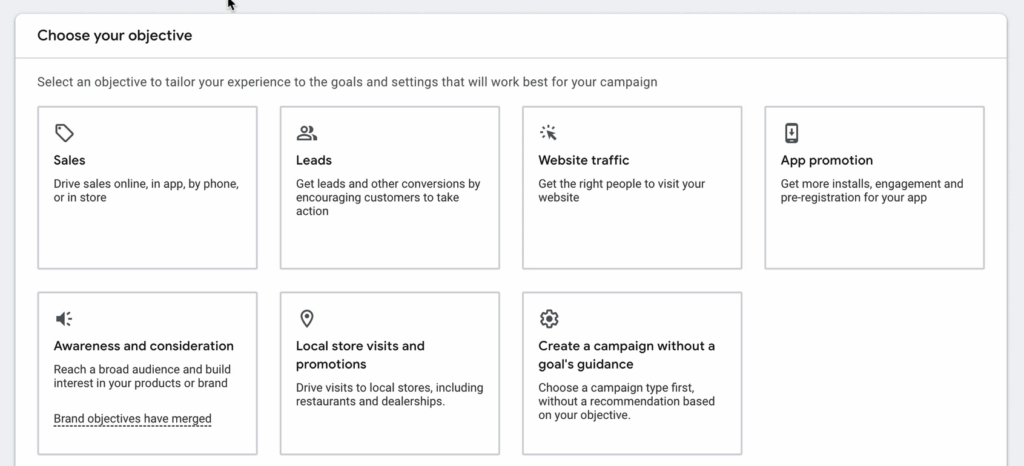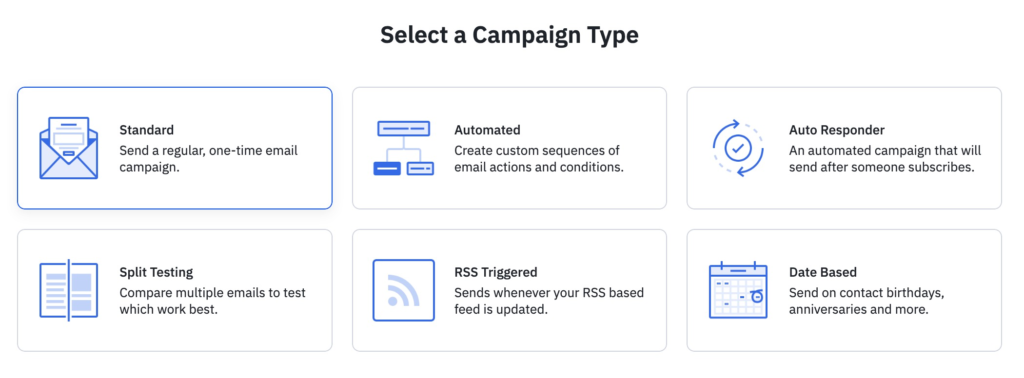
When comparing Meta Ads formerly known as Facebook Ads and Google Ads, the choice often hinges on campaign objectives and target audience behavior. Meta Ads excel in leveraging social connections, interests, and demographic data to reach specific audiences. With options like boosting posts, creating engagement campaigns, or driving traffic to websites, Meta Ads cater to businesses seeking brand awareness, engagement, or community building. Their advanced targeting capabilities allow advertisers to narrow down their audience based on factors like age, gender, location, interests, and even behaviors, enabling precise ad delivery.

On the other hand, Google Ads are renowned for their intent-based targeting, as they capitalize on users actively searching for products or services. Google Ads are highly effective for businesses aiming to capture leads, drive conversions, or increase sales. Through search ads, display ads, or YouTube ads, Google Ads enable advertisers to intercept potential customers at various stages of the buying journey, from initial research to final purchase. With features like keyword targeting, re marketing, and audience segmentation, Google Ads empower businesses to tailor their campaigns to users’ search queries and browsing behavior, maximizing the likelihood of conversion.

Meta Ads are ideal for businesses focusing on building relationships, fostering engagement, and expanding brand reach within a social context, whereas Google Ads are better suited for businesses targeting users with high purchase intent, leveraging search behavior to drive immediate action and conversions. However, the choice between Meta Ads and Google Ads ultimately depends on the specific objectives, target audience, and budget of each advertising campaign. By understanding the unique strengths and functionalities of each platform, businesses can effectively leverage both Meta Ads and Google Ads to achieve their marketing goals.
Meta Ads vs. Google Ads: Platforms and placements

Meta Ads predominantly operate within the Meta family of platforms, including Facebook, Instagram, Messenger, and Audience Network. This diverse ecosystem provides advertisers with a wide array of placements to reach their target audience. From sponsored posts in users’ news feeds to Stories ads on Instagram and Messenger ads in private conversations, Meta Ads offer versatile placement options tailored to different user experiences. Additionally, the Audience Network extends the reach of Meta Ads beyond the core platforms, allowing advertisers to display ads on third-party websites and apps that are part of the network.

In contrast, Google Ads span across the entire Google network, which includes not only the Google search engine but also partner sites, YouTube, and the Google Display Network . With Google search ads, businesses can place sponsored listings at the top of search engine results pages when users search for specific keywords related to their products or services. YouTube ads enable businesses to engage audiences through video content on the world’s largest video-sharing platform. Moreover, the Google Display Network offers a vast network of websites and apps where advertisers can display banner ads, responsive ads, or even interactive multimedia ads to target users based on their interests, demographics, or browsing behavior.

Meta Ads primarily leverage the Meta ecosystem for placements across Facebook, Instagram, Messenger, and the Audience Network, Google Ads provide access to a broader range of platforms, including Google search, YouTube, and the Google Display Network. The choice between Meta Ads and Google Ads depends on factors such as campaign objectives, target audience behavior, and preferred advertising channels. By understanding the unique platforms and placements offered by each advertising solution, businesses can make informed decisions to effectively reach their target audience and achieve their marketing goals.
Meta Ads vs. Google Ads: Budgets
There are several differences in the way budgets are set up and spent in Meta Ads vs. Google Ads.
Where do you set the budget?

In Meta Ads, you set the budget at either the campaign level, using Campaign Budget Optimization (CBO) for automatic distribution across ad sets, or at the ad set level, where you can specify daily or lifetime budgets for individual ad sets. This provides flexibility in how funds are allocated and optimized. In Google Ads, the budget is typically set at the campaign level using daily budgets, where you specify an average daily spend, ensuring controlled expenditure over the campaign’s duration. Additionally, Google Ads offers a shared budget option, allowing you to distribute a single budget across multiple campaigns, optimizing spending for better performance across your advertising efforts.
Why is it blowing my budget?

If your advertising campaigns are blowing your budget, it could be due to several factors related to settings and strategy. In Meta Ads, if you’re using Campaign Budget Optimization, the algorithm might be allocating funds to high-performing ad sets rapidly, causing quicker depletion of the budget. High competition for your target audience or overly broad targeting can also lead to increased costs. In Google Ads, daily budgets can sometimes be exceeded on high traffic days as Google optimizes for performance, potentially leading to higher-than-expected costs. Additionally, high bids for competitive keywords or insufficient negative keywords can drive up expenses. Both platforms also have the potential for over-delivery on certain days to maximize ad performance, which can contribute to budget overspending if not monitored and adjusted carefully.
Meta Ads vs. Google Ads: Creative

When comparing Meta Ads and Google Ads in terms of creative content, Meta Ads offer a visually rich and engaging experience with various formats like image ads, video ads, carousel ads, and Stories ads across platforms like Facebook, Instagram, and Messenger. These formats are designed to capture attention within users’ social feeds, allowing for interactive and immersive storytelling. In contrast, Google Ads provide a range of creative options tailored to different parts of the user journey, including search ads with compelling text, display ads featuring images or rich media across the Google Display Network, and video ads on YouTube. While Meta Ads excel in visual engagement and social interaction, Google Ads leverage intent-driven placements to connect with users through relevant search queries, targeted display placements, and impactful video content, each catering to different marketing strategies and audience behaviors.
Meta Ads vs. Google Ads: Targeting
There have a few differences in the targeting options available in Meta Ads vs. Google Ads.
Lookalikes

Lookalike audiences in Meta Ads allow advertisers to reach new people similar to their existing customers by analyzing a source audience (e.g., customer lists, website visitors) and identifying common traits. This helps expand reach effectively to potential customers likely to convert. In Google Ads, the Similar Audiences feature works similarly by using data from re marketing lists to find new users with behaviors and interests akin to those in the original list, enhancing targeting across the Google Display Network and YouTube. Both platforms utilize these audiences to broaden marketing efforts to a receptive audience segment. lookalikes are alive and well in Meta Ads, and a common prospecting tactic for those just getting started on the platform.
Audience expansion

Audience expansion is a targeting feature that allows advertisers to broaden their reach by including people beyond their defined audience who share similar characteristics. In Meta Ads, audience expansion automatically adjusts the targeting criteria to find additional users likely to convert, based on the traits of the initial audience. In Google Ads, similar functionality is achieved through “Similar Audiences” for re marketing lists, expanding the reach to users with comparable behaviors and interests. Both features aim to enhance campaign performance by tapping into a broader yet relevant audience. sometimes it works well, sometimes it doesn’t but you never know until you try.
